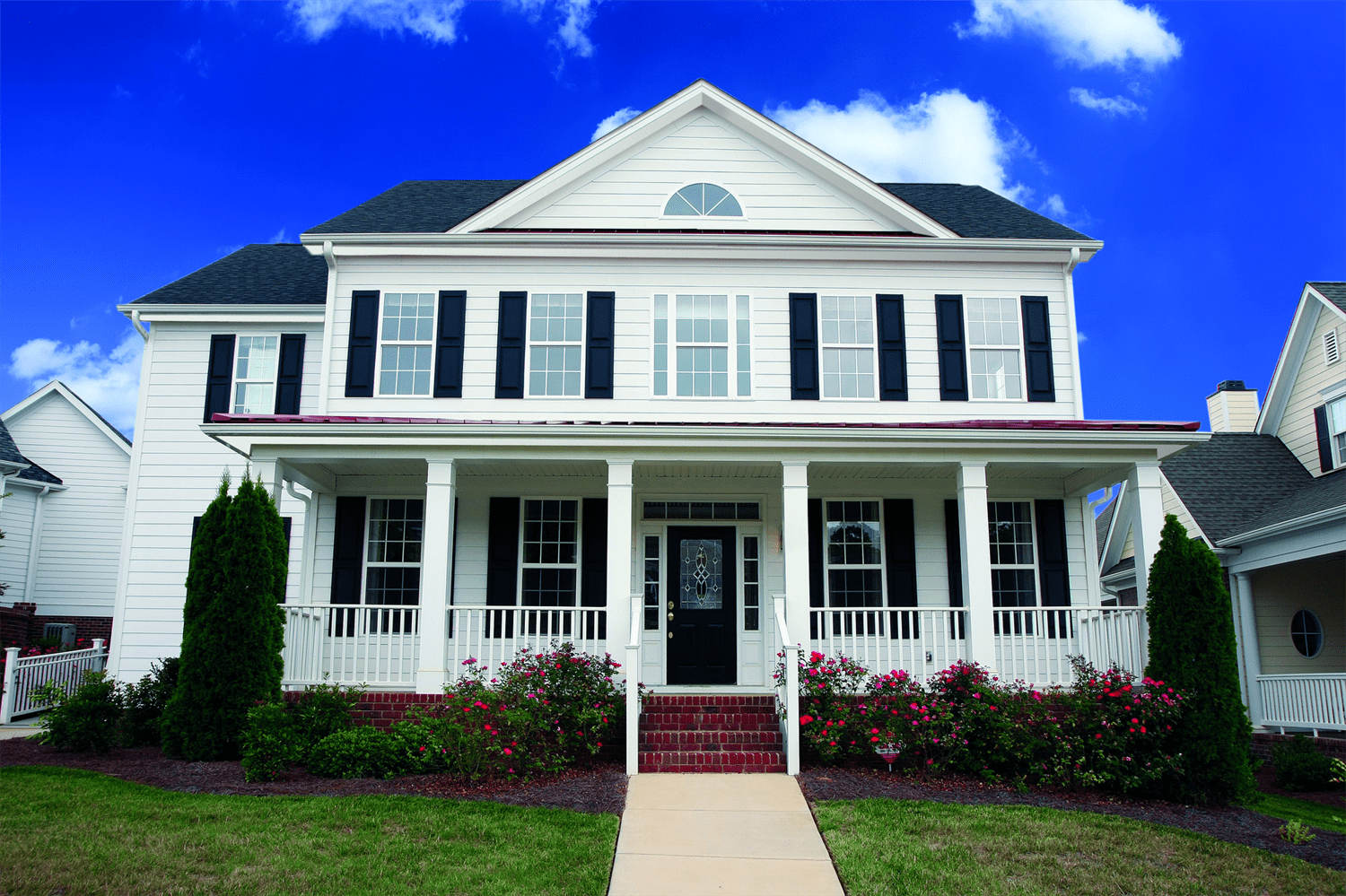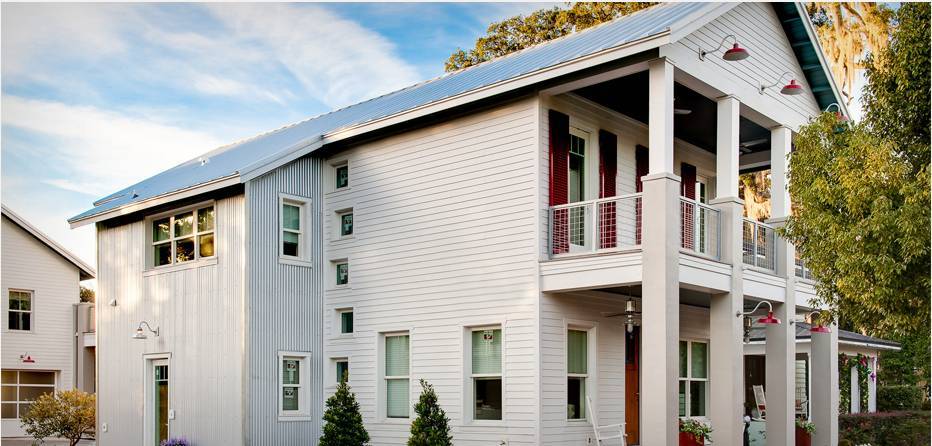Avoiding Costly Errors: The Most Common Mistakes When Installing Vinyl Siding
Vinyl siding can be a fantastic option for home exteriors, offering durability, versatility, and low maintenance. However, when it comes to installing vinyl siding, mistakes can lead to costly repairs and damage to your home. As experts in Siding Installation Walnut Creek CA, we want to help you avoid these pitfalls. In this comprehensive guide, we'll explore the Expert siding installation Walnut Creek common mistakes made during vinyl siding installation and provide tips on how to sidestep them.
Understanding Vinyl Siding
What is Vinyl Siding?
Vinyl siding is a plastic exterior cladding used for buildings. It’s made from polyvinyl chloride (PVC) resin and is available in various styles and colors. One of its significant advantages is that it mimics the appearance of traditional materials like wood or brick without their maintenance headaches.
Benefits of Installing Vinyl Siding
- Cost-effective: Compared to wood or brick, vinyl siding is generally less expensive.
- Durability: Resistant to rot and insect damage.
- Low Maintenance: Requires occasional cleaning but no painting.
- Energy Efficient: Can improve insulation when installed correctly.
Avoiding Costly Errors: The Most Common Mistakes When Installing Vinyl Siding
1. Skipping Proper Preparation
Why Preparation Matters
Before diving into the installation process, it's crucial to prepare your home properly. Skipping this step can lead to misaligned panels and uneven surfaces.
Checklist for Preparation
- Inspect the existing wall structure
- Remove any old siding or debris
- Repair any damaged areas before installation
2. Incorrect Measurements
The Importance of Accurate Measurements
Taking accurate measurements sounds simple enough, right? But it’s one of the most common mistakes homeowners make when installing vinyl siding.
How to Measure Correctly
- Use a level tool for straight lines.
- Double-check your measurements before cutting panels.
3. Choosing the Wrong Type of Siding
Different Types of Vinyl Siding Available
Not all vinyl siding is created equal! Understanding different types—like horizontal lap siding versus vertical paneling—can impact both aesthetics and functionality.
Choosing the Right Style for Your Home
Consider architectural elements of your home while selecting siding styles that complement them.
4. Neglecting Weather Barriers
What Are Weather Barriers?
Weather barriers protect your home from moisture infiltration and air leaks. Ignoring this step can lead to mold growth behind your new siding.
Best Practices for Installing Weather Barriers
Use high-quality materials that are specifically designed for use with vinyl siding.
5. Poor Nailing Techniques
The Right Way to Nail Vinyl Siding
Nailing too tightly or too loosely can cause issues down the line, like buckling or sagging panels.
Tips for Proper Nailing Techniques
- Use nails specifically designed for vinyl siding.
- Leave space between the nail head and panel for thermal expansion.
6. Ignoring Expansion Gaps
Why Expansion Gaps Are Essential
Vinyl expands and contracts with temperature changes, which can lead to warping if you don’t leave enough space between panels.
How Much Space Is Needed?
A gap of about 1/4 inch should suffice in most cases.
7. Overlooking Flashing Installation
What Is Flashing?
Flashing helps divert water away from vulnerable areas where two different materials meet—like windows and doors.

Where Should Flashing Be Installed?
Install flashing at roof edges, around windows, and in any areas where water could pool.
8. Using Low-Quality Materials
Why Quality Matters
Using subpar materials might save money upfront but could cost you in repairs later on due to premature wear and tear.

Tips for Choosing Quality Materials
Always opt for reputable brands known within the industry.
9. Forgetting About Ventilation
Why Ventilation Is Important
Proper ventilation prevents moisture buildup that could lead to mold growth behind the siding.
How To Ensure Proper Ventilation
Incorporate vents at strategic locations throughout your home’s exterior.
Frequently Asked Questions (FAQs)
1. What’s the best time of year to install vinyl siding?
Installing during temperate seasons—spring or fall—is ideal since extreme temperatures can affect installation quality.
2. How long does it take to install vinyl siding?
Typically, it takes about one week depending on house size; however, preparation time must also be considered.
3. Can I install vinyl siding myself?
While DIY is possible, hiring professionals ensures proper installation that meets building codes and standards—especially important in areas like Walnut Creek CA!
4. What’s the lifespan of vinyl siding?
When installed correctly, quality vinyl siding can last up to 40 years or longer with minimal maintenance!
5. Does vinyl siding come with warranties?
Yes! Many manufacturers offer warranties ranging from limited lifetime coverage on certain products.
6. How do I clean my vinyl siding?
A simple mixture of soap and water works wonders; pressure washing may also be an option but use caution not to damage the material.
Conclusion
Avoiding costly errors during your vinyl siding installation is achievable with careful planning and consideration of these common mistakes outlined above. By taking steps such as measuring accurately, choosing high-quality materials, ensuring proper nailing techniques, and following professional guidelines specific to Siding Installation Walnut Creek CA, you’ll set yourself up for success!

Remember—the right preparation will not only save you money but also ensure that your home remains beautiful and protected against the elements for years down the line! Happy sidings!